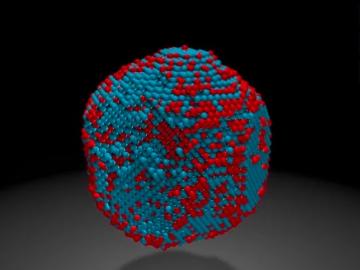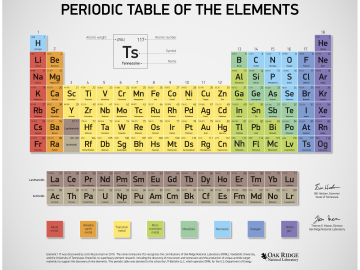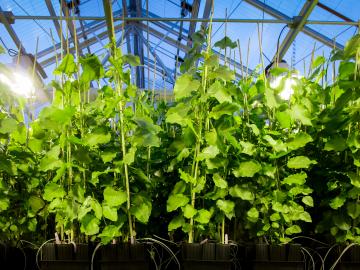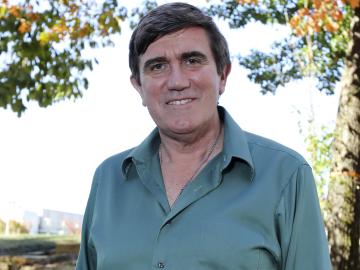Filter News
Area of Research
- (-) Clean Energy (41)
- (-) Materials (21)
- Advanced Manufacturing (4)
- Biological Systems (2)
- Biology and Environment (7)
- Climate and Environmental Systems (1)
- Data (1)
- Fossil Energy (1)
- Isotope Development and Production (1)
- Neutron Science (17)
- Nuclear Science and Technology (6)
- Sensors and Controls (1)
- Supercomputing (17)
- Transportation Systems (1)
Media Contacts

Barely wider than a strand of human DNA, magnetic nanoparticles—such as those made from iron and platinum atoms—are promising materials for next-generation recording and storage devices like hard drives. Building these devices from nanoparticles should increase storage capaci...

Tennessee Gov. Bill Haslam visited the Department of Energy’s Oak Ridge National Laboratory today to congratulate the ORNL team involved in the discovery of the element tennessine, named in recognition of the vital contributions of the state of Tennessee to the int...

Researchers at the Department of Energy’s Oak Ridge National Laboratory (ORNL) have released the largest-ever single nucleotide polymorphism (SNP) dataset of genetic variations in poplar trees, information useful to plant scientists

Scientists at the Department of Energy’s Oak Ridge National Laboratory have found a simple, reliable process to capture carbon dioxide directly from ambient air, offering a new option for carbon capture and storage strategies to combat global warming.
Initia...

Brian Davison has advice for anyone planning a long career in science, gleaned from more than three decades in the field: Appreciate the ‘eureka’ moments, both big and small.
“You don’t find joy every day in any job, but if I find a moment at least once or twice a month, it make...

Strategic thinning of forests in the Pacific Northwest and other parts of the United States plagued by fires could produce benefits on multiple levels, according to Rebecca Novello, a researcher at Oak Ridge National Laboratory. In a collaboration with Pacific Northwest National La...




